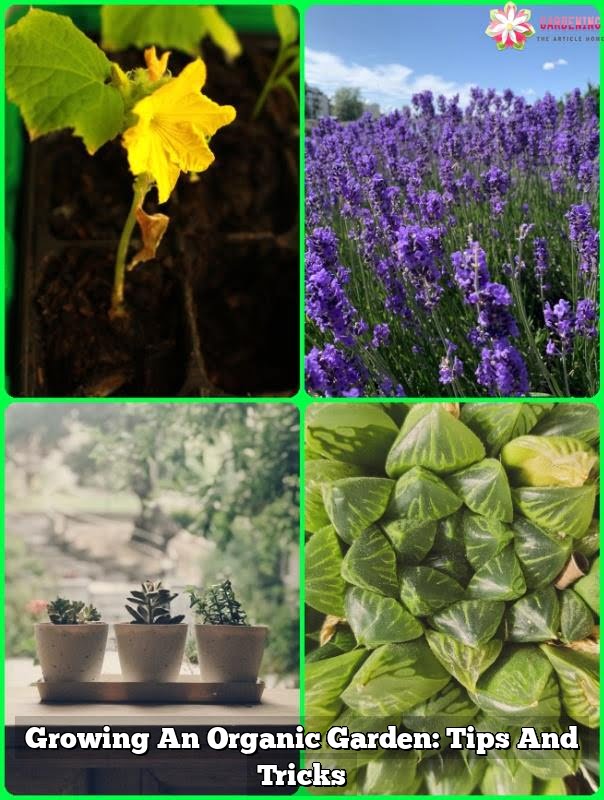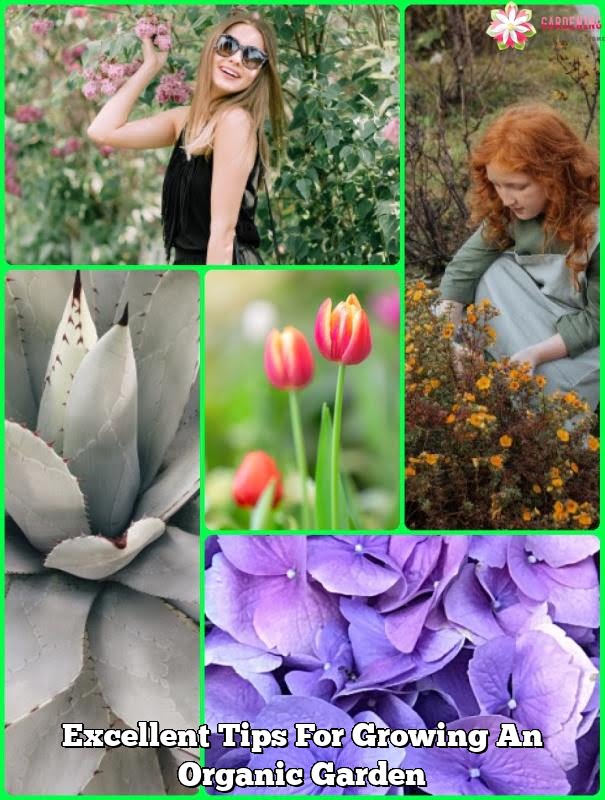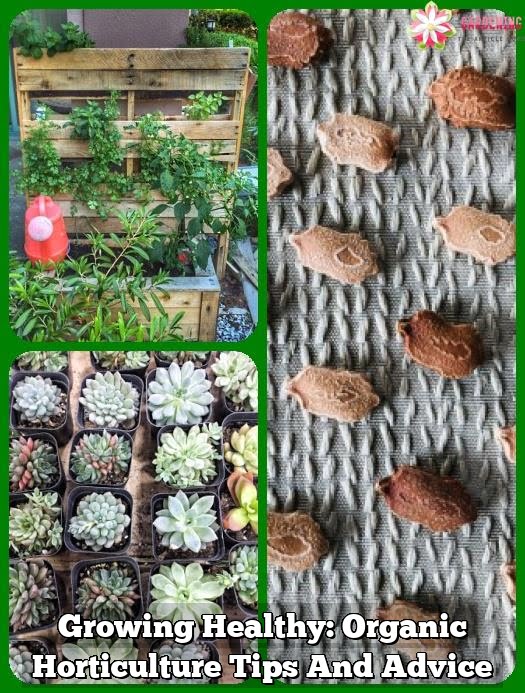Organic horticulture can be a majorly relaxing hobby, or a nuisance nightmare. The following collection of tips will help you in becoming an accomplished organic gardener.
Your plants need to adapt and must be gradually introduced to changes of environment. Put them outdoors in the sun outside for no more than two hours during the first day. As time goes by, gradually extend the duration of sun exposure. At week’s end, they should be accustomed to the outdoors and ready to transition to outside safely.
Shoveling clay soil is tiresome since clay is hard, making it tough to handle. To make your digging project easier, rub the shovel with floor or car wax and then buff it with a cloth. The clay will slide off the surface while keeping the end from getting rusty.
This increases the chance that your plants will grow and thrive into adulthood. This also helps tighten time periods between plantings. Your seedlings will be started and ready to be planted when you remove your old mature plants.
Plant some perennials that are slug-proof. Slugs or snails can destroy a plant in one night. These pests are particularly fond of young perennials and those varieties with leaves that are tender, tender, and thin. Some perennials are not preferred meals for snails and slugs, especially if their foliage is hairy and tough, leave a bad taste in slugs’ mouths or are difficult to chew through because their leaves aren’t tender. Some of the best varieties of these include achillea, campanula, heuchera, or euphorbia.
When partaking in horticulture activities, particularly in the autumn months, particularly in the fall. They thrive on fruits, as well as peppers, tomatoes and all kinds of fruit varieties. If left unattended, these pests can damage the garden, so keep an eye out for them.
When fall arrives, it is time to plant your fall edibles. A pumpkin can become a planting container instead of clay pots. Once you cut an opening at the top of the pumpkin and scoop out the insides, spray the edges and inside with Wilt-Pruf to prevent rotting.
You could also repel your pet by planting rosemary or mothballs.
Most vegetables that can be grown need that much sun to grow properly. This is also true for many varieties of flowers.
Fertilizing your garden soil. Manure is very effective in helping plants grow, but it needs to be combined with a synthetic compost to stop diseases from infecting your plants.
Plant ever-bearing strawberries for your children. Children love to snap up these sweet juicy fruits for themselves and will be more willing to help you if they can pluck their own fruit from the garden.
If you are growing your organic plants inside of your home or office, you should ensure that you think about how much light is available for them. If you want indoor plants, think about cultivating plants that do well in lower lighting situations. You can also try using grow-lights for this exact purpose.
Keep your gardening tools handy to work more efficiently.
Make sure you work in your garden. Don’t waste your time looking all over for a tool. Prepare them all ahead of time and have them handy before you need to garden, and put them away nicely when you are done. Get a tool belt if you need to, or wear pants with many pockets.
Spacing is essential when planning an organic garden. It can be easy to underestimate the amount of space that the plants will take up once they start to grow. Plan accordingly and leave enough space between seeds.
Fill this jar with beer about an inch lower than the top. The beer will bait the slugs into the jar and they end up trapped.
Treated Wood
Create raised beds with stone, bricks or untreated wood. Choose a wood that is naturally resistant to rot and is untreated. Some good choices include locust, cypress, and cypress. In order to avoid toxic substances from getting into the ground and perhaps into your vegetables, don’t use treated wood since its chemicals can leech into the food crops and soil.If you have placed treated wood in your garden, at least take the time to make a plastic lining beneath the soil.
If you’re planning on selling crops to people and labeling them as organic, you can become certified as an organic grower. This can increase your sales and show your faithful customers that they are getting healthy products.
Think about any product you can use in your garden. Try natural and organic alternatives rather than common chemical fertilizers. One way to naturally feed your plants is through the use compost.
There are many different plants that will grow well in your organic garden. Mulch is a must-have for plants that need acidity to thrive. These types of plants should be mulched with a thick layers of pine needles around fall each year.
Even though there will still be insects, your plants will not be affected as much as before.
You should build a tent over your garden during winter. Then, throw some sheets over them, and use bricks to keep the edges held down. This is an inexpensive method of building a tent to ensure that you to save your crops in the winter.
Water your plants with rainwater to be more eco-friendly. Using a special rain barrel or other workable container to capture rainwater can save money on monthly water bills, but you are using a natural resource as well.This is a great alternative to spending your money on water bills and makes the most of your environment.
Bees can help your garden as they promote pollination. There are however, some bees such as the carpenter bees, that can be harmful because they eat wood and create their nests inside them. Most other bees should be allowed to live freely in peace.
Organic Horticulture
As this article stated, there’s quite a lot involved in successful organic horticulture. It requires a lot of work and patience, but it will be worth it in the end to have a beautiful organic garden. When you follow the organic horticulture advice in the article above, you will have a successful and delicious bounty of fresh foods.

Welcome to my blog about home and family. This blog is a place where I will share my thoughts, ideas, and experiences related to these important topics. I am a stay-at-home mom with two young children. I hope you enjoy reading it! and may find some helpful tips and ideas that will make your home and family life even better!





